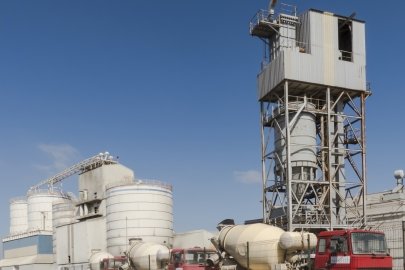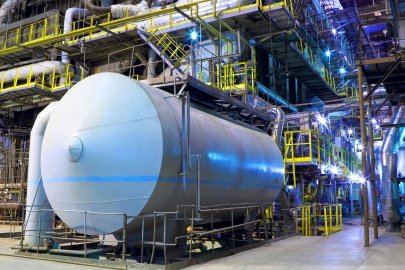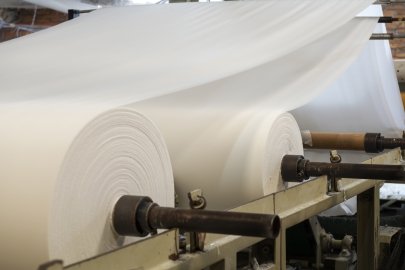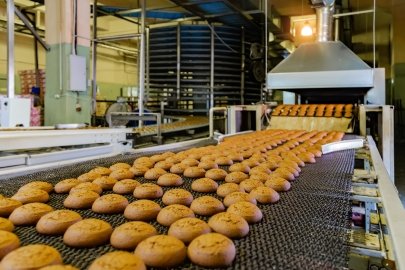What Are Energy- and Emissions-Intensive Industries?
Energy- and emissions-intensive industries are indispensable to the U.S. economy, mass-producing the materials and products essential to modern life. Together, these industries account for over 75% of the U.S. industrial energy demand, employ roughly 13 million Americans, and contribute roughly $27 trillion to U.S. GDP.
However, these industrial subsectors—including chemicals, iron and steel, food and beverages, cement and concrete, and forest products—are responsible for the highest concentration of energy use and carbon emissions across the industry. In 2018, they accounted for nearly 80% of primary energy use.
Innovations in industry-specific technologies for these subsectors have the greatest potential to ensure the resilience and competitiveness of U.S. industrial supply chains in rapidly changing global markets, increase efficiency, strengthen the manufacturing workforce, and reduce emissions.
Why Are RD&D of Energy- and Emissions-Intensive Industries Important?
Efficiency, decarbonization, and process optimization challenges are unique to each subsector, requiring tailored research, development and demonstration (RD&D) to drive the innovation and adoption of manufacturing processes needed to reach greenhouse gas emissions targets.
Emissions from industrial subsectors derive from two sources: energy use and industrial processes. Energy use emissions are created when we generate the electrical, thermal, or mechanical energy facilities need to run, often for industry-specific industrial processes. Process emissions occur as a direct byproduct of specific chemical transformations. For example, CO2 is released when carbon is added to iron to remove oxygen and make steel.
Innovations in sector-specific emissions reductions can also help manufacturers lower Scope Three emissions. These are emissions derived from the production of materials used as inputs and the emissions that result from the use of the product. Scope Three emissions are considered and minimized where possible to improve sustainability.
What Are IEDO's Goals?
The U.S. Department of Energy (DOE) Industrial Efficiency and Decarbonization Office (IEDO) supports the research and development of transformational technologies essential for reducing energy demand and improving American productivity in key industrial subsectors. Specifically, IEDO supports activities that drive innovation and develop and demonstrate the commercial readiness of industry-specific technologies with the potential to decrease emissions intensity by at least 40% if implemented across the entire subsector, with specific targets set sector by sector.
The research goals identified in IEDO’s funding opportunities are informed by the 2022 DOE Industrial Decarbonization Roadmap. Goals are established through ongoing dialogue with industrial, academic, national lab, and interagency stakeholders and underpinned by IEDO’s strategic analysis.
Relevant News and Announcements
-
About the Industrial Efficiency & Decarbonization Office.February 6, 2025
-
Have a question? Want to learn about what we do? Find out here.February 6, 2025
-
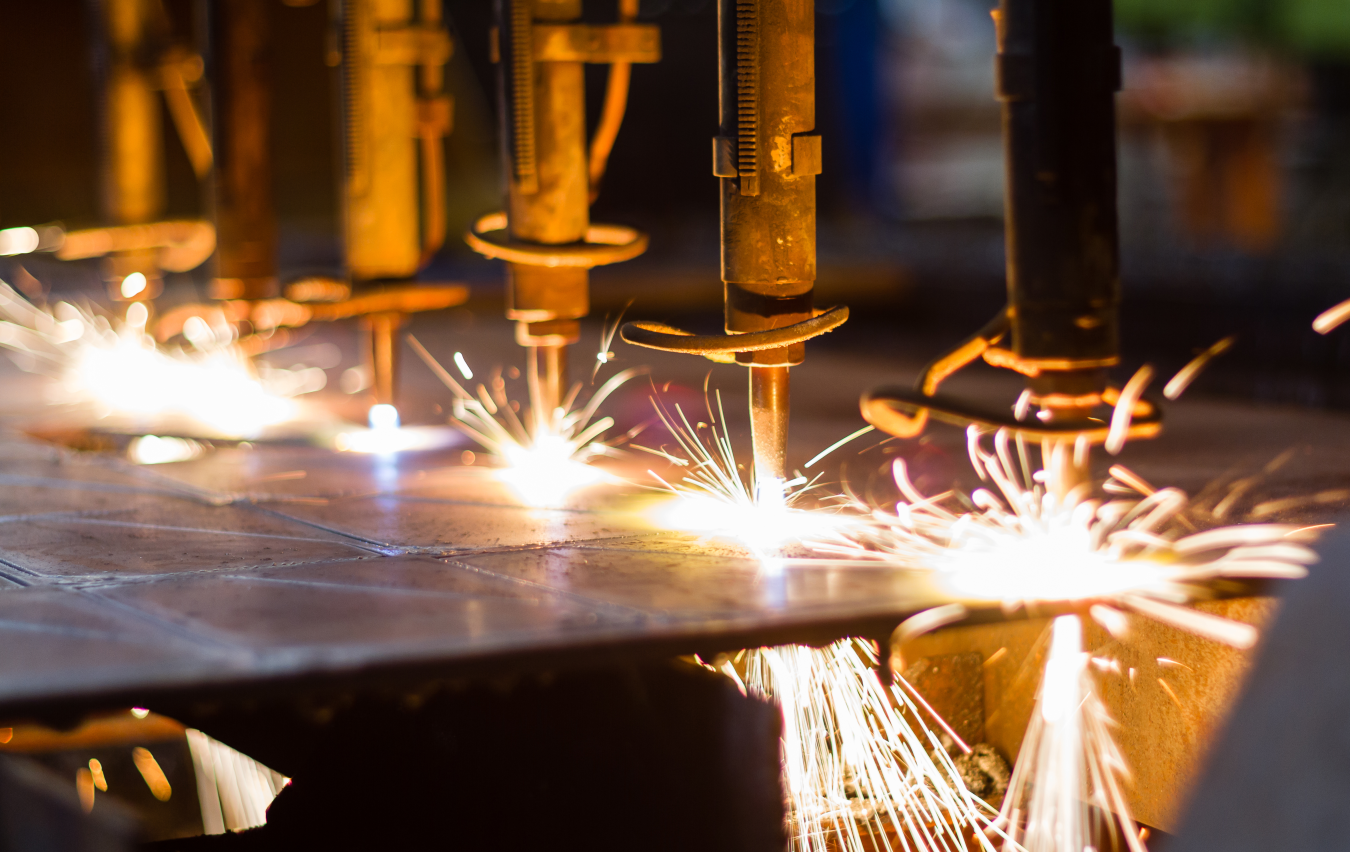 An EERE Program Office dedicated to an efficient and competitive industrial sector with net-zero greenhouse gas emissions by 2050.February 6, 2025
An EERE Program Office dedicated to an efficient and competitive industrial sector with net-zero greenhouse gas emissions by 2050.February 6, 2025 -
 Homepage for the Industrial Efficiency and Decarbonization Office.February 6, 2025
Homepage for the Industrial Efficiency and Decarbonization Office.February 6, 2025
Sign up for the monthly Production Line newsletter for the latest in industrial efficiency and decarbonizatio



